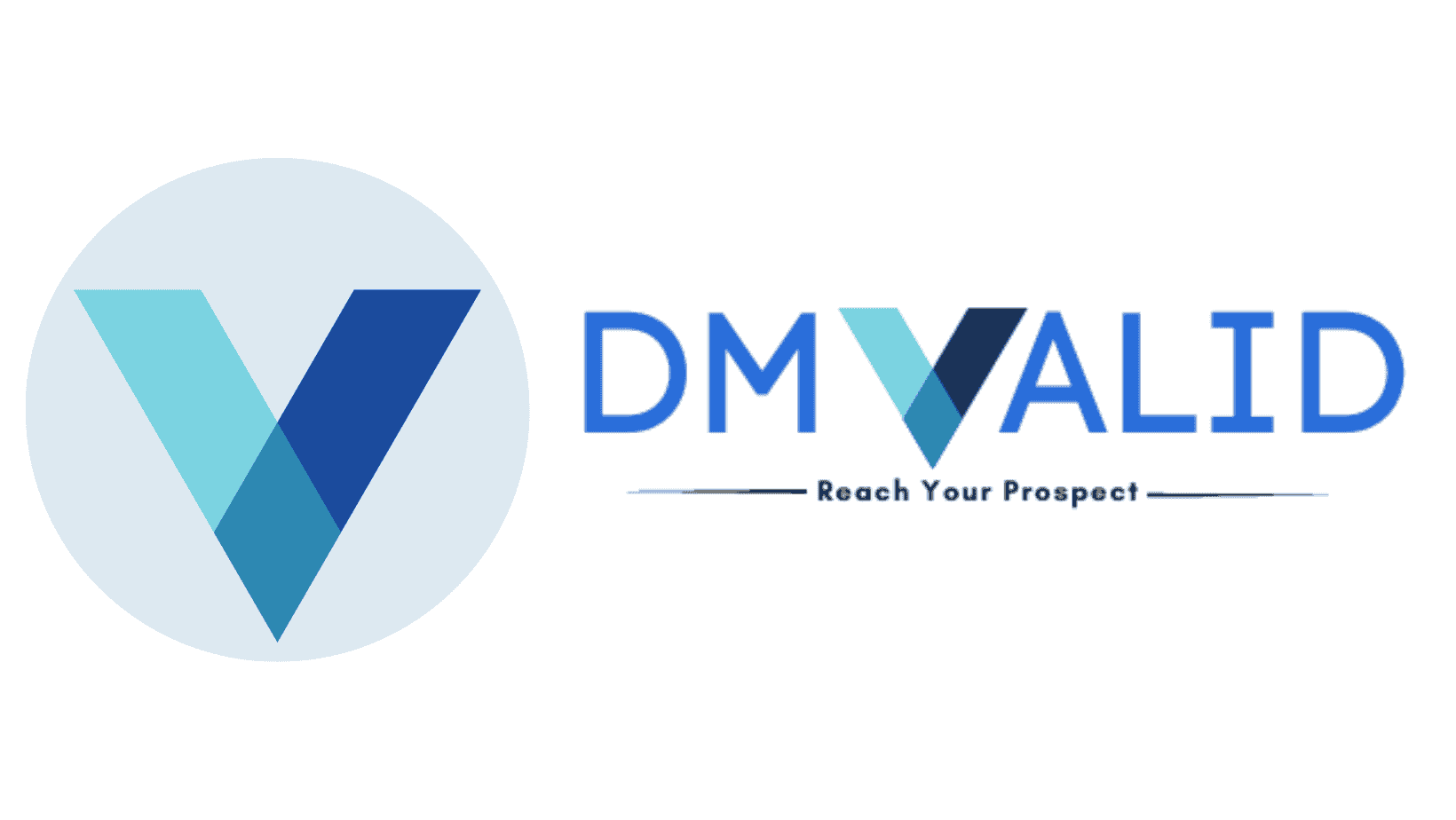Table of Contents
1. Data To Improve Your Business Decision Making

Utilizing data to improve business decisions requires a methodical process that includes data collection, analysis, and interpretation.
Here’s a step-by-step guide on how to make better business decisions using data:
1. Identify the Decision: The business decision you must make must be specified clearly. It might have something to do with pricing strategy, resource allocation, market expansion, product development, or any other facet of your organization.
2. Determine Relevant Data: Determine the categories of data that are important to your decision-making. Both internal and external data, such as market research, industry reports, and consumer surveys, can be used in this. Examples of internal data include sales figures, customer feedback, and operational metrics.
3. Collect Data: assemble the necessary information from numerous sources. This could entail acquiring pertinent third-party data sources, conducting surveys, employing web analytics tools, or pulling data from databases. Make sure the information gathered is precise, trustworthy, and extensive.
4. Clean and Prepare Data: It’s possible for the data to include mistakes, discrepancies, or missing values. Remove duplicates, deal with inconsistencies, and handle missing values to clean up the data. By putting the data in an organized format, you may get it ready for analysis.
5. Analyze Data: Apply data analysis methods to uncover trends and insights. This may involve descriptive analytics (summarizing and displaying data), diagnostic analytics (finding causes and relationships), predictive analytics (forecasting future results), or prescriptive analytics (proposing the best course of action).
6. Interpret Findings: Examine the outcomes of your data analysis in light of your company’s goals. Look for significant patterns, connections, and insights that might guide your choice-making. Think about the data’s quantitative and qualitative characteristics.
7. Consider Risks and Uncertainties: Recognize that there is some risk and uncertainty involved in every business decision. Analyze the potential hazards connected to various options for decision-making and determine their likelihood and impact.
8. Make Informed Decisions: Combine your domain knowledge and skills with the revelations from your data analysis. Think about the trade-offs, possible results, and ramifications of various decision-making possibilities. Utilize the data-driven insights to assist you in making decisions.
9. Monitor and Evaluate: Implement the choice and pay close attention to the results. Track pertinent indicators over time and contrast them with your desired results. Based on the comments and outcomes, modify your strategy as appropriate.
10. Iterate and Learn: Utilize the comments you received after putting your decision into action to enhance your decision-making in the future. To improve your data gathering, analysis, and interpretation methods, take notes on both wise and foolish choices.
2. Why Is Data Important In Your Business Analysis Process?
Data is crucial in the business analysis process for several reasons:
- Fact-based Decision Making.
- Boost your revenue.
- Identifying Patterns and Trends.
- Performance Evaluation.
- Understanding the Customers
- Market Insights.
- Risk Assessment and Mitigation.
- Resource Optimization.
- Measuring Return on investment (ROI).
Data is crucial to the business analysis process since it helps with decision-making, performance measurement, trend analysis, risk assessment, and continuous development. It enables businesses to make data-driven decisions, boost productivity, and maintain their competitiveness in a market that is changing quickly.

3. What are the benefits of data use?
Informed decision-making: By offering unbiased information and insights, data enables organizations and individuals to make more educated decisions. Data analysis enables better decision-making based on facts rather than conjecture by revealing patterns, trends, and correlations.
Improved productivity and efficiency: Data analysis can reveal inefficiencies and productivity barriers, resulting in process enhancements and raised output. Organizations can pinpoint areas for improvement, enhance workflows, and simplify processes by analyzing data.
Increased accuracy and reliability: Data-driven methods lessen the possibility of biases and errors that may arise during subjective decision-making. Utilizing data and statistical analysis boosts accuracy and results’ dependability.
Identifying trends and opportunities: Data analysis aids in the discovery of new trends, business opportunities, and consumer preferences. Organizations can modify their plans, create new goods or services, and remain competitive by comprehending these findings.
Personalization and customer satisfaction: Personalized experiences and targeted marketing are made possible through data analysis. Organizations may better serve and retain customers by knowing customer preferences and behaviors and adapting their services to meet those demands.
Risk mitigation: Data analysis aids in risk identification and assessment, enabling businesses to create risk management plans. Organizations can foresee and reduce possible risks by examining past data and patterns, enabling them to make more educated decisions regarding investments, operations, and security.
Innovation and research: Innovation and research investigation are fueled by data-driven insights. Researchers can find patterns, correlations, and anomalies in massive datasets that could result in discoveries and developments in a variety of sectors.
Cost savings: Through process optimization, waste elimination, and the reduction of pointless expenditures, data analysis can provide cost-saving options. Organizations may choose wisely and save a lot of money by recognizing where resources are being misused or underutilized.
Performance monitoring and evaluation: Data enables the monitoring and evaluation of performance parameters in real-time. Organizations can monitor progress, spot areas for development, and make required adjustments to reach goals by assessing key performance indicators (KPIs) and comparing them against benchmarks.
Transparency and accountability: Making decisions based on data encourages accountability and openness. The ability to explain and defend decisions made on the basis of objective data makes them more credible and trustworthy.
Examples of business improvement using data
Here are some examples of how businesses can use data to drive improvement:
- Customer segmentation
- Inventory management
- Pricing optimization
- Predictive analytics for maintenance
- Fraud detection
- Personalized marketing campaigns
- Operational efficiency
What is the role of data for financial decision making and planning
- Historical analysis
- Forecasting and budgeting
- Risk assessment
- Performance measurement
- Investment analysis
- Scenario analysis and stress testing

